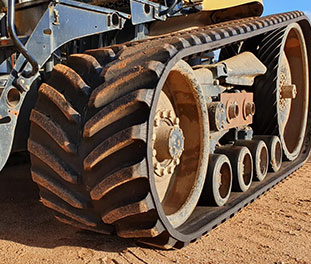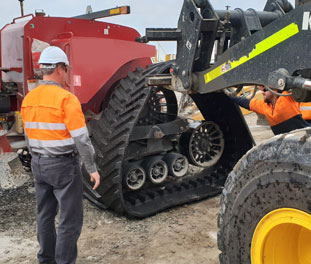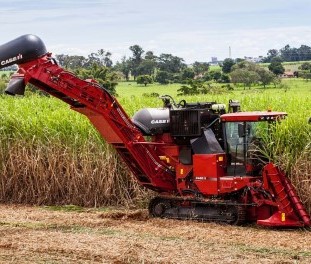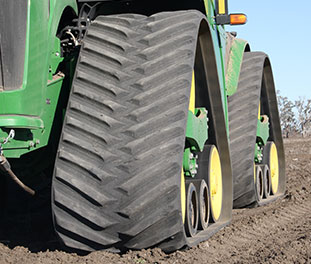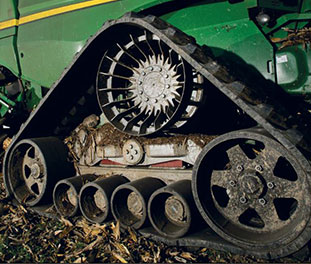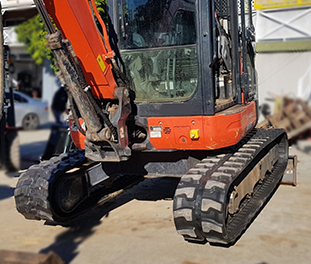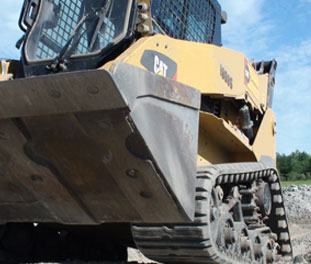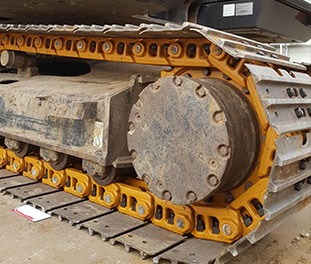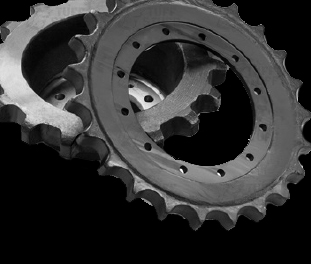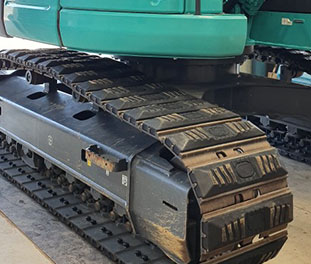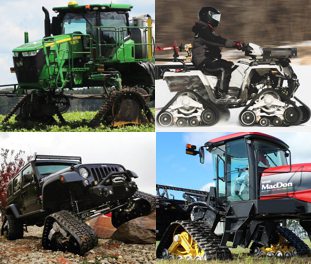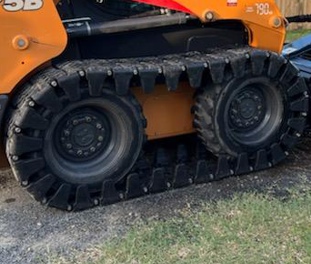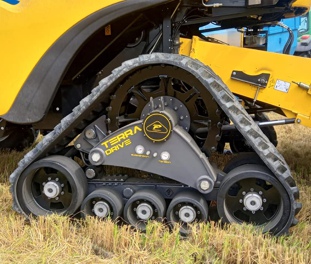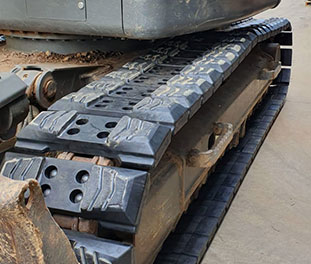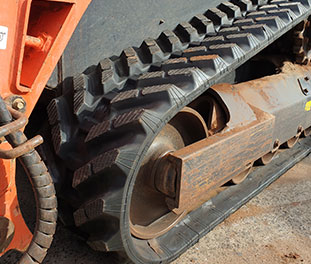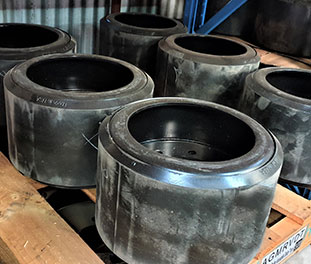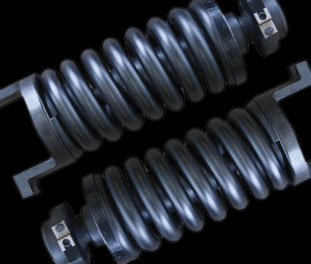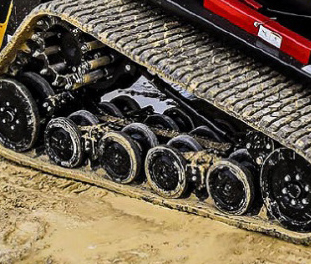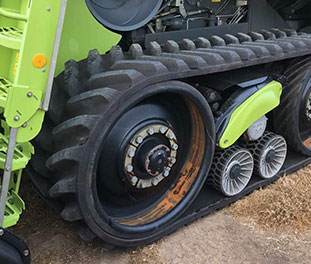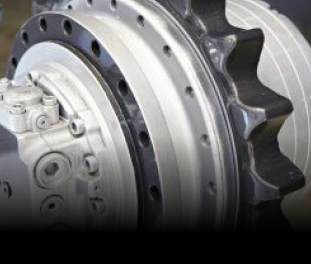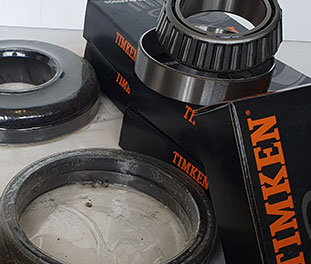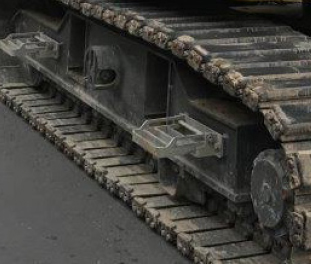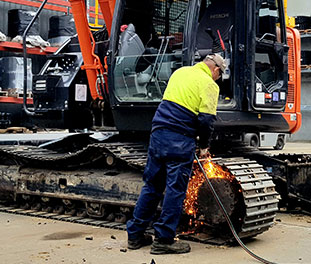When it comes to heavy-duty machinery used in agriculture and construction, the choice of tracks can significantly impact performance, efficiency, and overall cost-effectiveness. Agricultural and construction tracks provide traction, stability, and manoeuvrability to machines like tractors, excavators, bulldozers, and more. But with a plethora of options available in the market, how do you choose the right tracks for your specific needs? This comprehensive buying guide aims to help you navigate the process and make an informed decision.
Understanding the Basic Type of Tracks
There are two main types of tracks commonly used in agricultural and construction machinery: rubber tracks and steel tracks.
Rubber Tracks
Rubber tracks are made of reinforced rubber compounds and are known for their versatility, traction, and reduced ground damage. They are ideal for machines that need to operate on sensitive surfaces like lawns and asphalt. Rubber tracks provide better flotation and a smoother ride.
Steel Tracks
Steel tracks, as the name suggests, are made of steel components. They are rugged and highly durable, suitable for heavy-duty tasks on rough terrain. Steel tracks offer superior stability and load-bearing capabilities.
Consider the Machine Type
Different types of machines require specific types of tracks. For instance:
Tractors
Agricultural tractors often use rubber tracks as they offer better traction, less compaction and a gentler impact on the soil.
Excavators
Excavator tracks can be either rubber or steel tracks. The choice depends on the type of work they will be performing. Steel tracks are great for heavy digging or abrasive conditions, while rubber tracks are suitable for mixed-use scenarios.
Bulldozers
Bulldozers usually utilise steel tracks due to their heavy-duty requirements and the need for increased stability and control.
Factors to Consider Before Buying
1. Terrain and Application
Consider the type of terrain your machinery will be operating on. For softer ground and sensitive surfaces, rubber tracks are often a better choice. Steel tracks, on the other hand, are more suitable for rocky, uneven terrains. Rubber tracks are also better suited for applications requiring a lot of tracking.
2. Traction and Stability
The tracks’ ability to provide traction and stability is crucial, especially for heavy machinery. If your work involves steep slopes or slippery surfaces, you’ll need tracks that offer excellent grip
3. Durability and Longevity
Both rubber and steel tracks have their advantages in terms of durability. Rubber tracks tend to be more forgiving on the machinery and the ground, but they may wear out faster. Steel tracks are extremely durable but can cause more wear and tear on the machine itself.
4. Maintenance Requirements
Consider the maintenance demands of the tracks. Rubber tracks generally require less maintenance, as they’re less likely to cause wear on other components of the machine. Steel tracks might need more attention, especially in terms of adjusting track tension as the tracks progressively wear.
5. Cost Considerations
The initial cost and ongoing expenses differ between rubber and steel tracks. While rubber tracks might be more affordable upfront, they could require more frequent replacement. Steel tracks are costlier initially but can last longer in rough conditions.
6. Machine Weight and Size
The weight and size of your machine play a role in track selection. Heavier machines might benefit from the durability of steel tracks, whereas lighter machines could perform well with rubber tracks.
How to Approach Making the Decision
Assess Your Needs
Understand the specific requirements of your machinery, the type of work you’ll be doing, and the terrain you’ll be working on.
Research
Gather information about different track options, brands, and their features. Look for user reviews and expert opinions.
Consult the Experts
If you’re uncertain, seek advice from professionals who have experience with the machinery you’re working with. They can offer insights into what might work best for your situation. At TKV we have an extensive stocklist of tracks and undercarriage parts for construction and agriculture. Our friendly team of experts are happy to advise you on your specific needs ensuring you get just the right set of tracks for your machinery.
Compare Costs
Consider both the initial cost and the long-term expenses of the tracks. Factor in potential maintenance and replacement costs.
Consider Resale Value
If you plan to resell your machinery in the future, the type of tracks can impact the resale value. Choose tracks that are commonly preferred in the resale market.
Choosing the right agricultural and construction tracks involves careful consideration of various factors, from the type of terrain to the specific needs of your machinery. Whether you opt for rubber tracks or steel tracks, the ultimate goal is to enhance performance, efficiency, and longevity. By assessing your requirements, researching thoroughly, and consulting experts, you can make an informed decision that aligns with your goals and maximises the potential of your heavy machinery.
